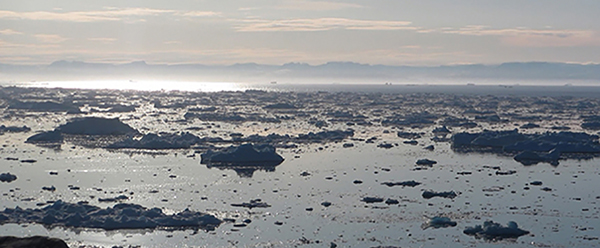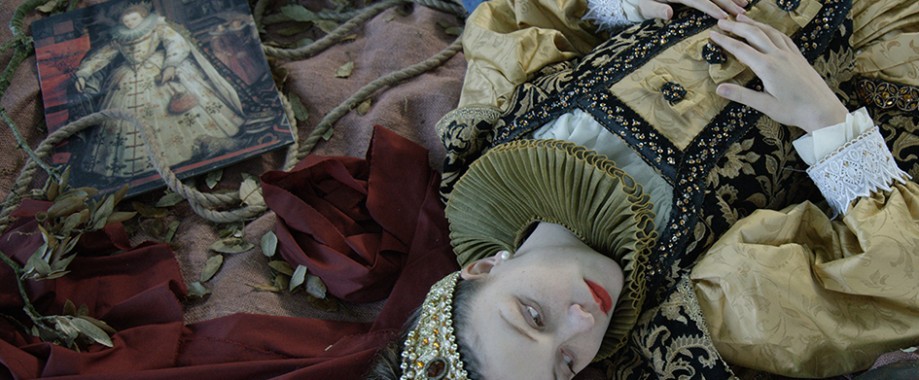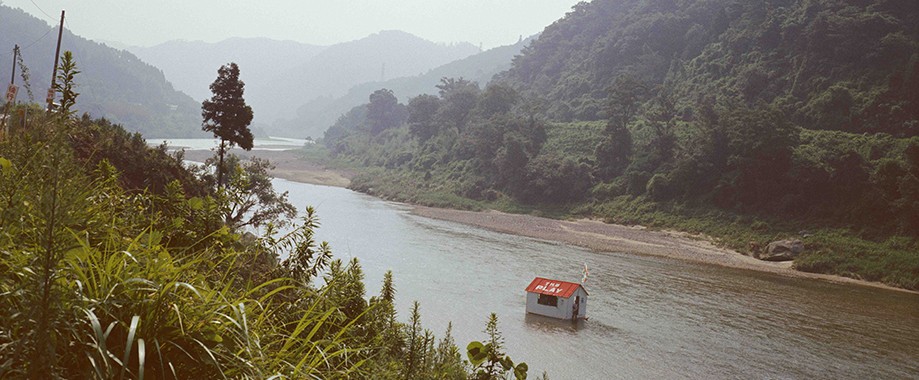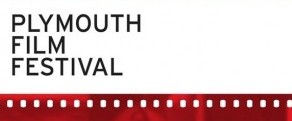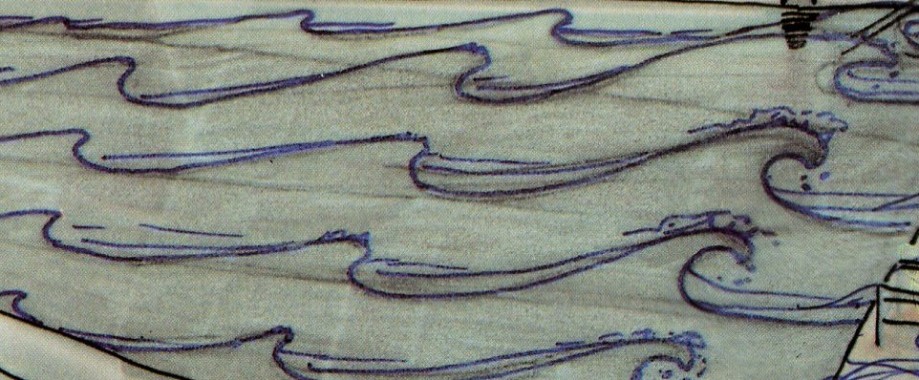
Artist, musicians, and writers have responded to the context of the River Tamar and have been part of its energy for centuries and, like all places, the resulting artworks become a record of its history. This history is important to the River Tamar Project as we can draw direct parallels to the intentions of our project and why art is important at moments of environmental and cultural shifts.
The results of this relationship between artist and riverscape are artworks that resonate with the area and its socio-economic and cultural history, as well as exploring universal issues. For instance, the celebrated British landscape JMW Turner who painted countless seascapes and river scenes was drawn to the Tamar Valley several times, notably around 1813-15. The significance of his work captured a period of industrial revolution, which led to a national reputation for Plymouth. Also, for our project now, his work presents the physical change of the coast and riverside, and identifies the infrastructure and design of this period.
In 1815, another artist, Charles Locke Eastlake, aged 22, visited the Louvre (then known as the Musee Napoleon) and later that year, having hired a boat to take him into Plymouth Sound, painted Napoleon on board the Bellerophon. This painting became notorious for showing the fallen leader awaiting his fate. There was a significant period of the history when the surrounding areas of Plymouth were so affluent and successful that they contributed to the development of photography including Eastlake, Richard Beard and Roberta Hunt, who were all inventors and contributed to photographic processes. This brought significant photographers such as Roger Fenton and Henry Fox Talbot to the area, also influencing the beginnings of photographic societies.
The value of art is a longstanding concern and one that British society and politics needs to embrace more profoundly, as part of our culture, rather than a side line, especially within education, or exploited as a form of tourism, for economic growth. Tourism and economic growth are obviously important, however the arts tend to be used as tool for improvement, rather than a part of the everyday. It is this perspective that I continually have to defend, perhaps given reason within periods of austerity, however the arts are critical to our basic form of society, and are a place where true social equality can take place. It is this sense of social democracy that the River Tamar Project sets out in its vision to consider the future of this historic river. Creating opportunities for an engagement with innovation and thinking about future prospects that will affect the next generation. The value of art and design is in the idea and how creative practitioners shape new debate and discussion. The River Tamar Project is about being in dialogue, art as a form to identify with and negotiate around. Art needs to become part of our life and culture in society and appreciated on this basic form.
Another parallel that the project can draw upon in relation to artworks that have been commissioned in response to site and situation is the large scale-commissioning programme ‘TSWA Four Cities Project, New works for Different Places’ in 1989. It was a national public art commissioning project that was sited in the post industrial shifting climates of the cities of Derry, Glasgow, Newcastle and Plymouth.
This project was devised to open up a discussion of these places and, for Plymouth; the River Tamar was an influential site. Artists Helen Chadwick, Donald Rodney, Ron Haseldon, Richard Deacon, Genevieve Cadieux and Vong Phaophanit made work about the challenging nature of its imperialist history and its role in the industrial revolution.
“At a time when public art is increasingly becoming the recipient of a vast amount of public funds through the I990’s…it seems an opportune moment to try and present a number of projects, and a number of models which in a way will try and shift the perception of what public art – or art outside the gallery – could be, and suggest ways in which sites might not just be ‘occupied’ but be ‘transformed’. ..We are not imposing a notion of ‘site-specificity, it’s much more than that. Definitions will come out of the way the artists have chosen to work.” – James Lingwood, ref: Variant issue 8
For Donald Rodney context and perspectives were significant. He grew up in a period of society where social stereotypes were part of his everyday, (not to say that these have actually changed that dramatically). However, re-examining social and historical narratives from a black perspective were important to his work. He later became interested in examining his experience of sickle cell anemia, which he used as a metaphor for wider social and political ills in contemporary society and the pernicious nature of racism, which ‘Visceral Cranker’ exemplified and connected with John Hawkins the original slave trader, who set sail and was from the city.
The City Council turned many of the artworks down at this time, as they were deemed inappropriate. For instance, Helen Chadwick proposed to create a vortex sited by the river in an open-air swimming pool. The work was a proposal to consider the flux of nature. Helen became one of the most provocative female artists of her generation who embraced the sensuous aspects of the natural world, breaking taboos of the “normal” and “traditional”. Her experiments with material were innovative and unconventional and captured a world in a state of flux.
More recently groups have formed who are inspired by the rich history of fine art on the river, like Drawn to the Valley, which have become essential to the diversity and economy of arts and crafts in the region. An important Cornish artist Kurt Jackson returned to the area and captured the river in a series of paintings not so dissimilar from the artists of the 19th Century: capturing the changing nature of the landscape.
Virginia Spiers has captured the Tamar Valley through her diary in the Guardian newspaper. Virginia has lived in her native Cornwall for most of her life, apart from 10 years away studying and working. She draws on family lore and traditions – her parents and grandparents were involved in farming and milling – and she has a deep knowledge and love of the south-west. She is the author of Silver River – a selection of her Country diary articles.
The work of the River Tamar Project articulates the power of making; creative production and producing art from the context of a site, in this case the River Tamar, and the public realm. So what does this all mean to people who live on the river, and the communities and people who utilise its resource for their livelihood? My hope is that the project can be seen as a beacon for the region, to inspire new thinking about this river and the issue of rapid environmental global change. Although the landscape may look beautiful, the chocolate box effect can hinder innovative ideas. There are significant areas of rural deprivation that are associated with this landscape, and it is our role to consider challenging some of the issues that these communities may face and support the development of the cultural life of the area.


